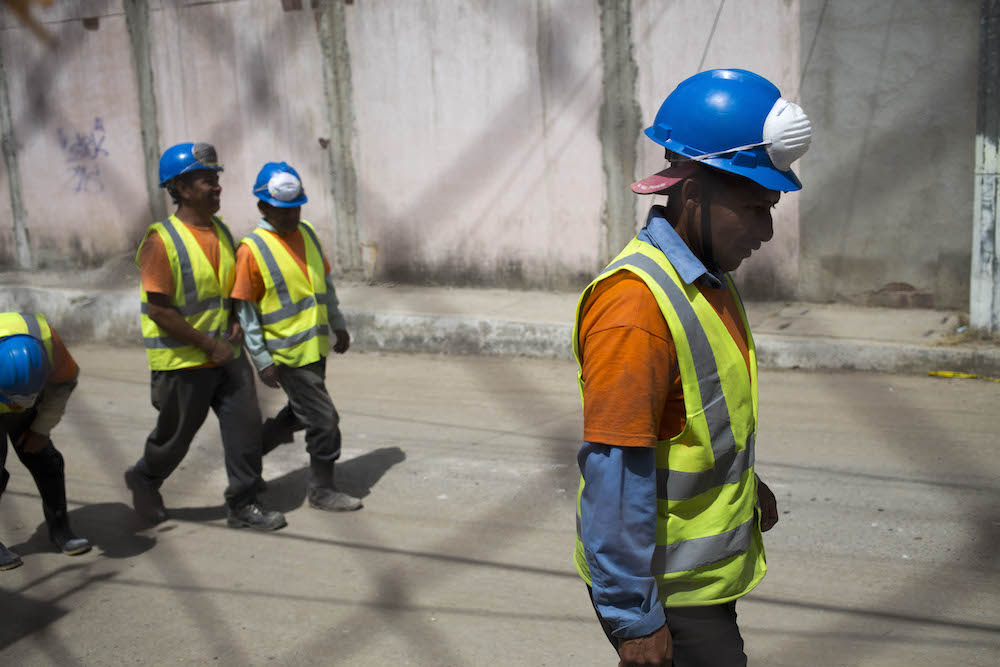Weekly Chart: Latin America's Ninis
Weekly Chart: Latin America's Ninis
One in five Latin American youth neither works nor studies.
When it comes to Latin America’s unemployed youth, there’s good news and bad news. Let’s get the bad news out of the way first.
A new World Bank study takes a look at Latin American youth ages 15 to 24 who neither work nor study, known as ninis from the Spanish phrase ni estudia ni trabaja (neither studying nor working). The number of ninis in the region rose by 1.8 million from 1992 to reach over 18 million in 2010. The “nini problem” of generally unoccupied youth contributes to woes like inequality, violence, and a missed economic opportunity as the region’s aging population swells. Women join the nini population due to teen pregnancy and early marriage. Male ninis often drop out of high school to work, and the low-skill work they can get is vulnerable to economic shocks.
But not all the news is grim. While over a quarter of both Honduran and Salvadoran youth fall into the nini group, the figure stands at 10.9 percent in Peru. Moreover, the portion of Latin American youth categorized as ninis is on the decline—and lower than the global share.







 Explainer: Latin America's Minimum Wage Increases
Explainer: Latin America's Minimum Wage Increases